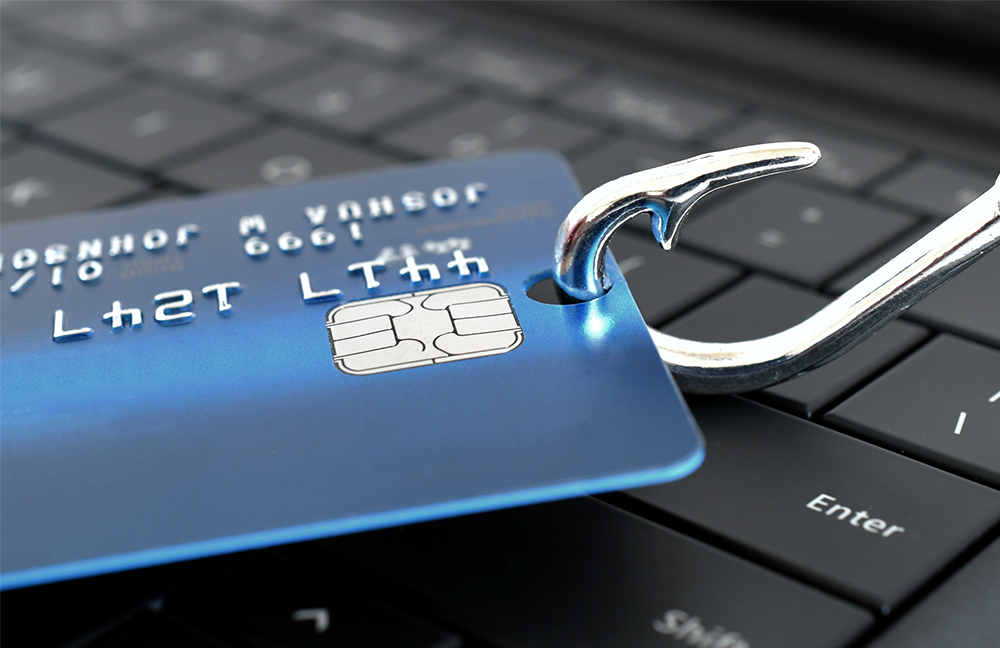What do the victims say?
"I found an advert on the internet, made an advance payment, and didn't receive the item."
How does it work?
Second-hand clothes, pots, handbags, strollers, lawnmowers, and pedigree pets – everything that is sold on classifieds portals can turn out to be scam-bait for the buyers, who, after transferring the money to the fraudsters, end up with no money and no purchase.
The fraudster posts an online advert for a pram, for example. Once they have received the payment, the criminal often tries to buy time and continues to communicate by sending pictures or other fake proof that they have supposedly sent the parcel. When the buyer does not receive the item and contacts law enforcement or the financial institution, a week or two later, the scammer has already been long gone, the ad has been deleted, the phone has been switched off, and the money is gone, either withdrawn from the account or transferred to a foreign bank.
Fraudsters also pretend to be legitimate sellers by using a fake website. Fake retail websites are created that appear to be real at first glance. Often, they use website designs copied from real stores, similar logos, and domain names.
Fake websites may offer to buy expensive items such as branded clothing, jewellery, etc., at significantly lower prices. In most cases, after purchasing an item, you will either receive nothing or receive an item that is only a cheap copy of the original.
How to avoid fraudsters online?
- Check other buyers' reviews of the seller.
- If the seller's name, phone number, or account number is listed in the advert, try to find more information about the person. View the seller's social media profile.
- Ask the seller for more information, and check regarding returns and warranty. Be critical of sellers who refuse to give you this information.
- Don't judge a seller by their website alone, a visually appealing website can be created in no time. Pay attention if the store is brand new and selling products at very low prices.
- Be careful when dealing with people/companies from abroad.
- Check if the online store has appropriate information about privacy, terms of use, dispute resolution, and contact details.
- Review the available payment methods for products. In many cases, fraudulent sellers only accept a few lesser-known payment methods.





